As JonSG pointed out in the comments to your original post, you're calling writerows() (plural) on a single row, eachline.
Change that last line to write.writerow(eachline) and you'll be good.
Looking at the problem in depth
writerows() expects "a list of a list of values". The outer list contains the rows, the inner list for each row is effectively the cell (column for that row):
sort = [
['1', '9'],
['2', '17'],
['3', '4'],
['7', '10'],
]
writer.writerows(sort)
will produce the sorted CSV with two columns and four rows that you expect (and your print statement shows).
When you call writerows() with a single row:
for eachline in sort:
writer.writerows(eachline)
you get some really weird output:
it interprets eachline at the outer list containing a number of rows, which means...
it interprets each item in eachline as a row having individual columns...
and each item in eachline is a Python sequence, string, so writerows() iterates over each character in your string, treating each character as its own column...
['1','9'] is seen as two single-column rows, ['1'] and ['9']:
1
9
['2', '17'] is seen as the single-column row ['2'] and the double-column row ['1', '7']:
2
1,7

